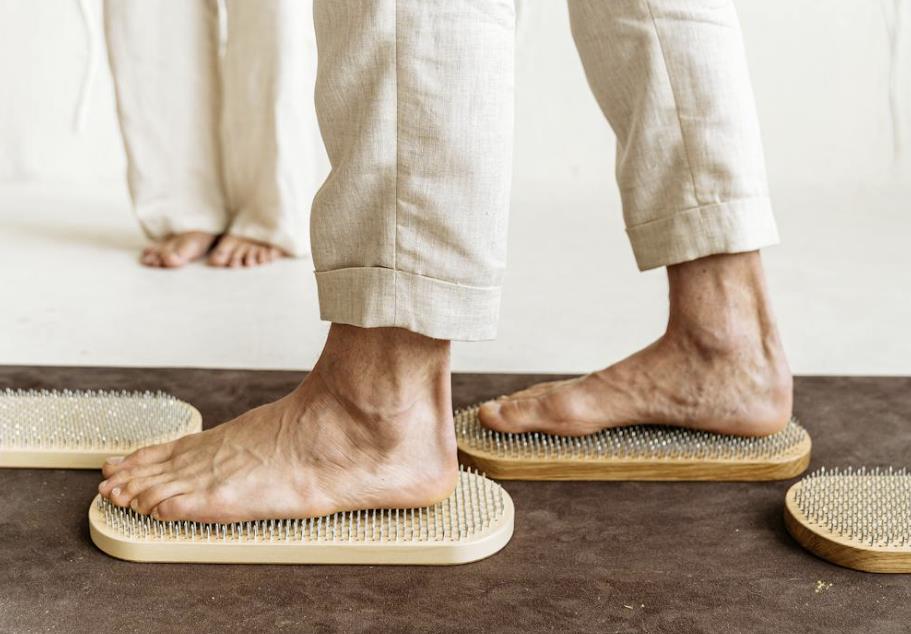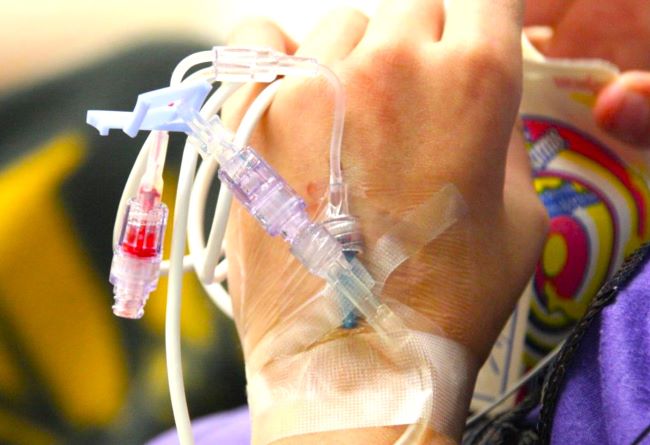If you have Type I Diabetes, then you have already spent a great deal of your time managing stress. After all, managing your condition means doing everything you can to avoid missteps: regularly checking blood sugar, following a strict diet, buying insulin and supplies, and administering insulin as needed. You also know that the supplies you need to manage your condition can be very expensive. So, as you approach retirement age, if you are going to be moving over to Medicare for your insurance, then you likely have quite a few questions surrounding getting Medicare benefits when you have Type I Diabetes.







